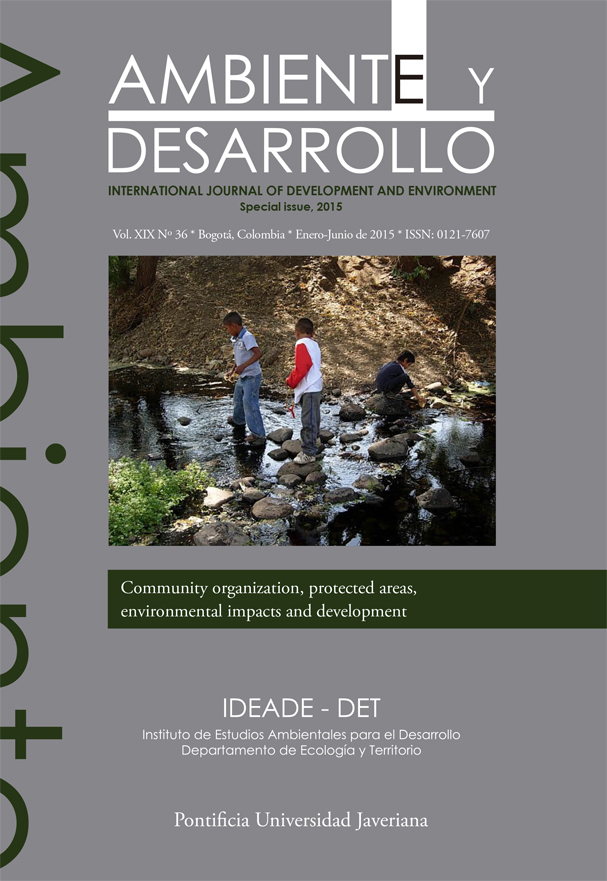Resumo
In the context of Minho´s regional dynamics, some statistical indicators highlight serious socio-spatial and socio-economic disparities, not only between social groups, but also between sectors (agriculture, industry and services) and socio-spatial areas with different levels of (under)development.From the historical-sociological perspective, this study briefly describes socio-demographic change in the northern region, more specifically in the municipality of Barcelos. Territorial imbalances were detected in comparing more central municipalities with those of the interior. Besides this, the aim is to detect other dimensions of social inequality such as infrastructure, unemployment, and health; social security and housing, on the one hand, and culture and education on the other. Despite some improvements in infrastructure and facilities, the Minho region is permeated by social, educational and cultural disparities. This assymetrical situation reproduces at the regional and local level an unequal national distribution of health, education and cultural resources. In the current context of globalisation, these indicate the analytical importance of the centre-peripheral theory, not only at the global economy level, but also at the national and regional levels.Ambiente y Desarrollo se encuentra registrada bajo la licencia Creative Commons Reconocimiento 4.0 Internacional. Por lo tanto, esta obra se puede reproducir, distribuir y comunicar públicamente en formato digital, siempre que se reconozca el nombre de los autores y a la Pontificia Universidad Javeriana. Se permite citar, adaptar, transformar, autoarchivar, republicar y crear a partir del material, para cualquier finalidad (incluso comercial), siempre que se reconozca adecuadamente la autoría, se proporcione un enlace a la obra original y se indique si se han realizado cambios. La Pontificia Universidad Javeriana no retiene los derechos sobre las obras publicadas y los contenidos son responsabilidad exclusiva de los autores, quienes conservan sus derechos morales, intelectuales, de privacidad y publicidad.
El aval sobre la intervención de la obra (revisión, corrección de estilo, traducción, diagramación) y su posterior divulgación se otorga mediante una licencia de uso y no a través de una cesión de derechos, lo que representa que la revista y la Pontificia Universidad Javeriana se eximen de cualquier responsabilidad que se pueda derivar de una mala práctica ética por parte de los autores. En consecuencia de la protección brindada por la licencia de uso, la revista no se encuentra en la obligación de publicar retractaciones o modificar la información ya publicada, a no ser que la errata surja del proceso de gestión editorial. La publicación de contenidos en esta revista no representa regalías para los contribuyentes.


